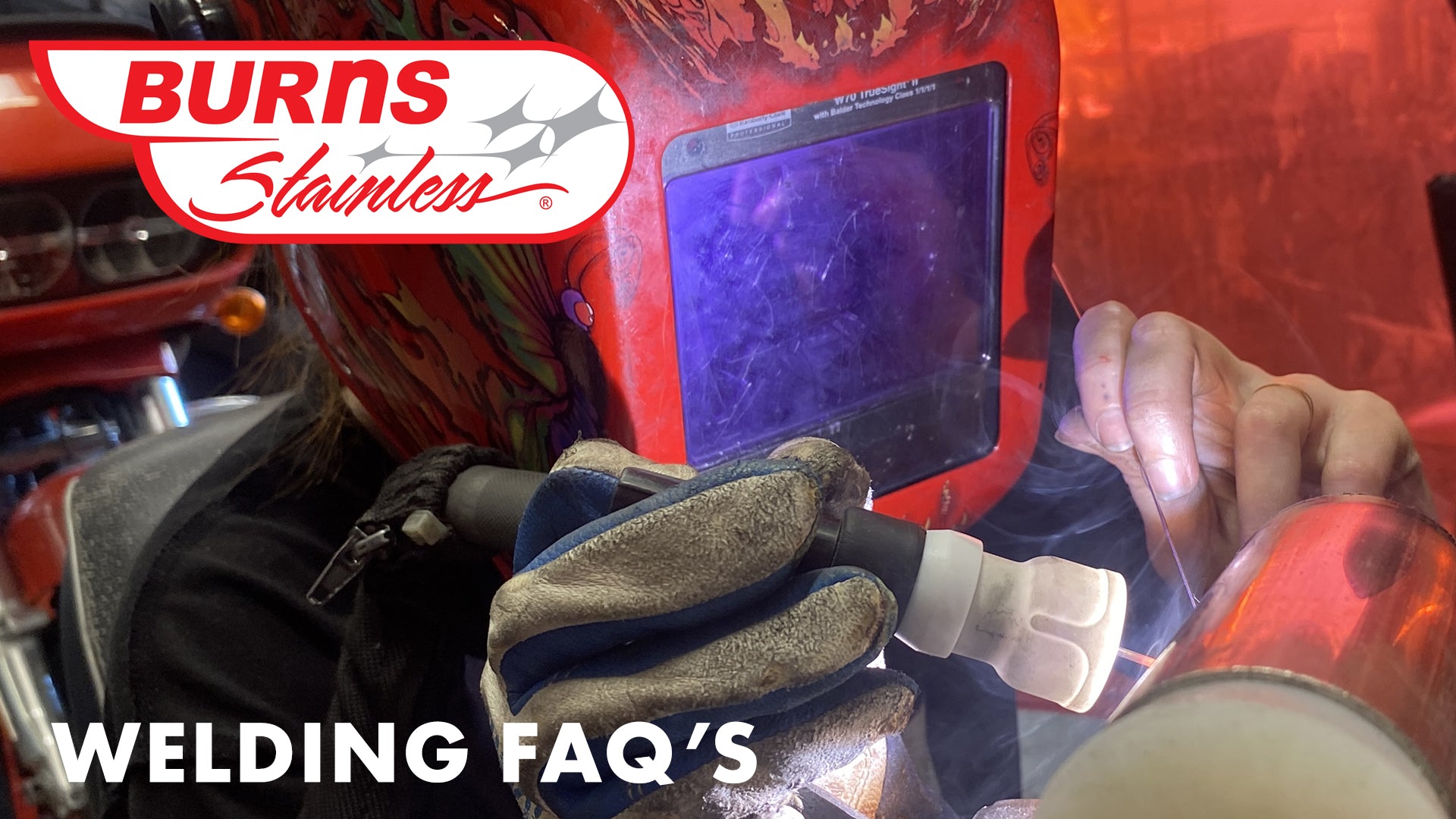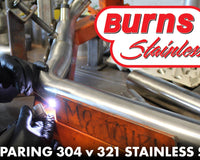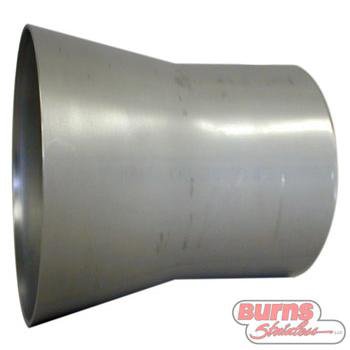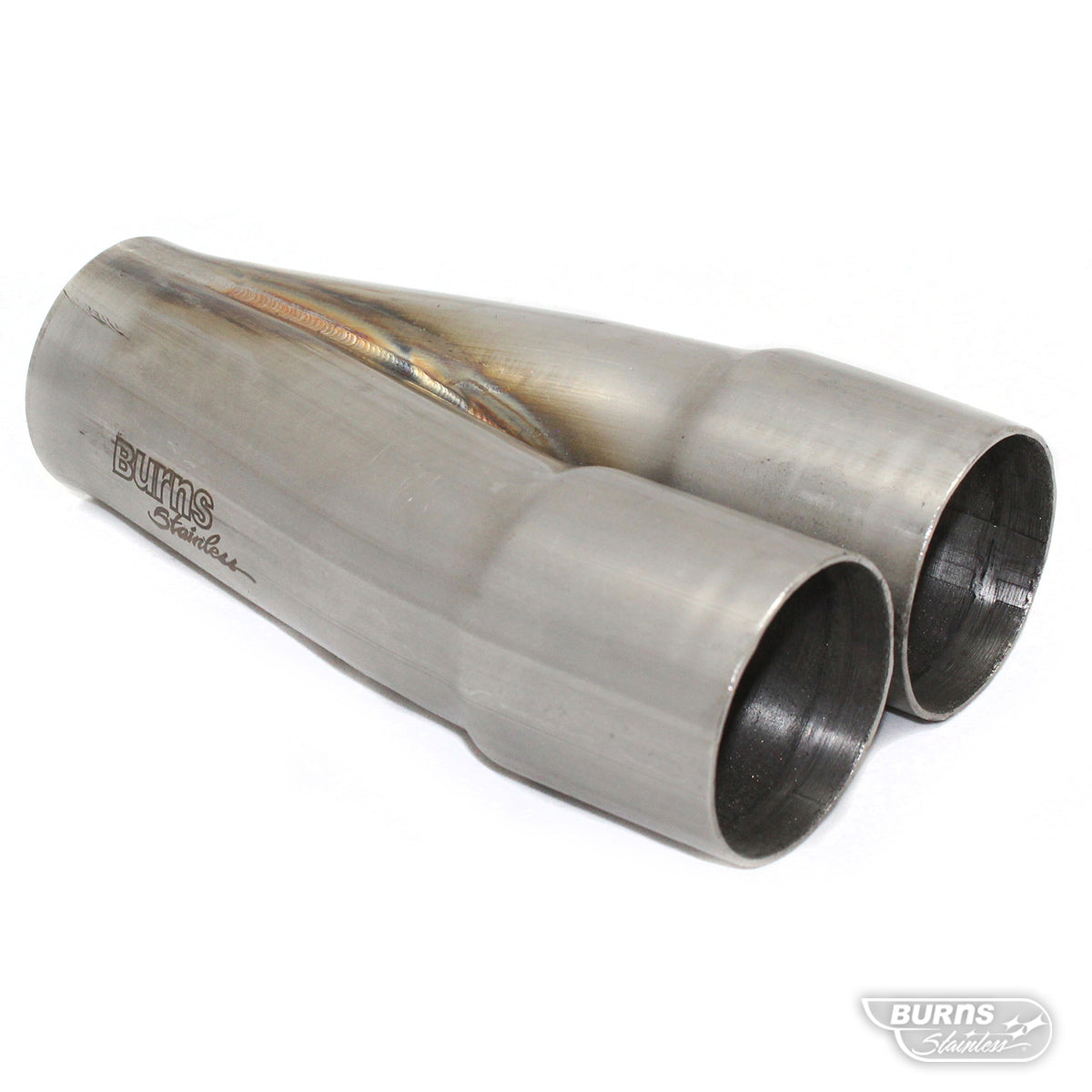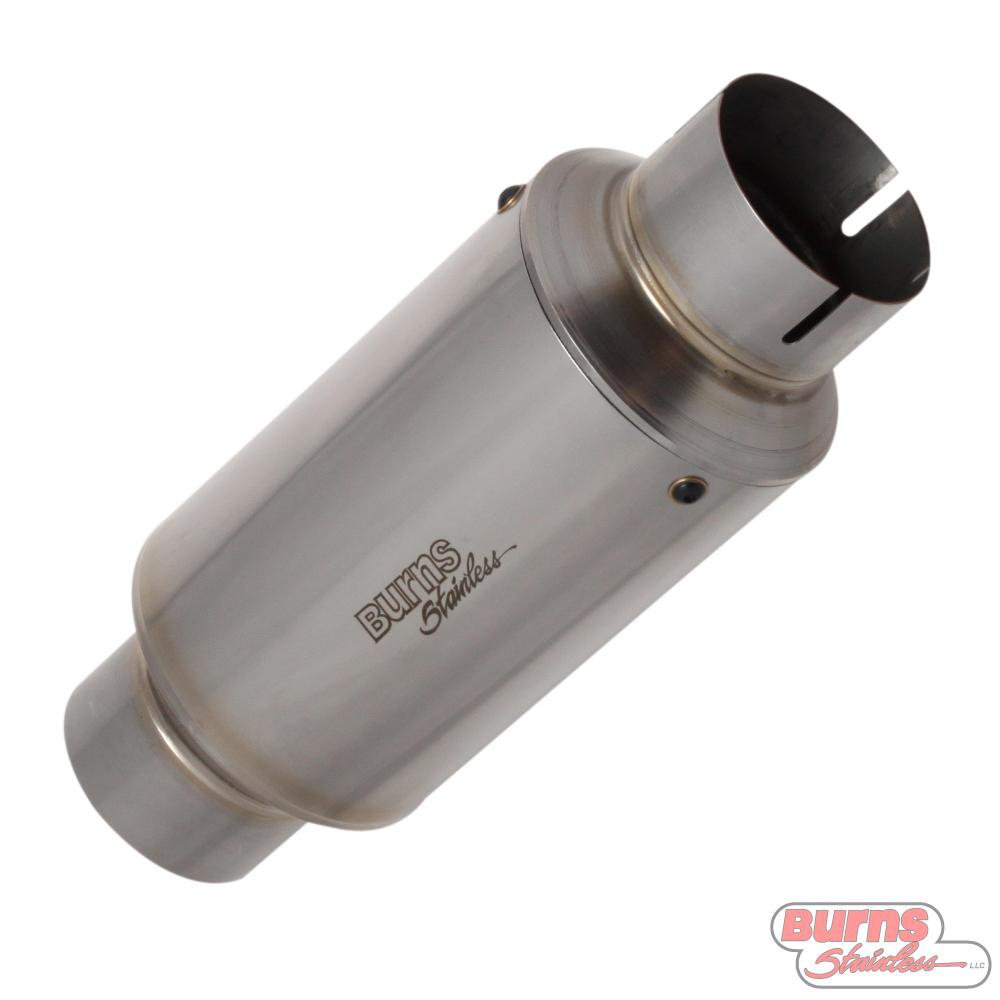We often get questions regarding welding stainless steel, so we thought we would put together a compilation of these with answers. If you have a question you would like to add, please send it to vince@burnsstainless.com
1. One of the most often asked questions is “How do you get the golden coloring in your welds?” – Well, we could tell you, but then we would have to kill you. Just kidding. Actually, this is a matter of technique and practice. The biggest secret is – be cool and go slow. Most fabricators are in a hurry and tend to use too high of an amp setting so they can weld fast. This results in too much heat in the weld resulting in flat, dark colored welds. Now don’t get me wrong, it is much more complicated than this. You need to have a proper purge gas flow and use the proper filler rod, prepare your joints properly and so forth. But even if all the rest is correct, working too fast will bite you in the butt.

2. What size filler rod should I use? - For welding 18g, 16g and even SCH 10 stainless steel, we recommend a 0.030” diameter rod of the appropriate base metal. We recommend 308 rod for welding 304 to 304 as well as 304 to 321. We recommend 347 rod when welding 321 to 321 and when welding mild steel to 304, a special 309 rod for dissimilar metals is recommended. We have found that 347 rod can be used for most 300-series stainless steel welding applications.
3. Why is it when I try welding the tube joint, I keep melting holes and cannot keep the weld going? – We call this “blow-through.” The most common cause of this is gaps between the tubes being welded. Stainless steel is notorious for this. When prepping your joints, care must be taken to have perfectly flat surfaces. Two good methods for checking fitment are 1) Hold the joint up to a light, if you see light poking through, you have too large of a gap. 2) You can also hold the two tubes in your hands and rock them back and forth. If you feel even the slightest movement, you have too large of a gap.
4. What is back purging, and do I have to do it? - When heated to welding temperatures, alloys such as stainless steel and Inconel are prone to the formation of oxides if not shielded from oxygen present in the air. Technically known as "sugaring" or "noogies," these oxides will result in a poor weldment, characterized by a black, crusty appearance of the weld metal on the inside (root) of the pipe and an irregular root cross-section. By filling the tube with argon gas, or back purging, the backside of the weld is purged of oxygen preventing the oxides from forming.

5. I don’t have the equipment needed to back-purge, what can I do? – We have just the thing for you: Solarflux is a product developed for welding stainless steels without the need to back purge. It is a powder that is mixed with alcohol (isopropyl or ethanol) to form a paste. The paste is applied to the backside of the weld prior to tacking. When the joint heats up, the paste forms a crystalline barrier that keeps out the oxygen.

6. I cannot afford a TIG, can I use a MIG welder to weld stainless? Yes, MIG is a great way to weld stainless steel. You will need to be sure to use the correct stainless welding wire and proper purge gas.
7. Can I use an Oxy/Acetylene torch to weld stainless steel? – Yes, stainless steel can be welded with an oxy/acetylene torch. A good welding flux which protects the welding zone from oxygen should be used. Also, the torch should be carefully adjusted minimizing excess oxygen could cause the oxides mentioned above. Trying to weld thin-walled tubes with oxy/acetelene is not for the faint of heart (or talent).

8. I just welded up a set of headers, and cracks have formed along several of my welds. What happened? – What could have happened, is that the weld bead has undercuts. See figure below. The base metal alongside the weld bead has been melted away causing little “ravines”. This leads to a thinned out section as well as a stress-riser that can lead to failure. This is often due to either welding too fast or not using enough filler. It could also be due to technique such as holding the torch at an incorrect angle.


